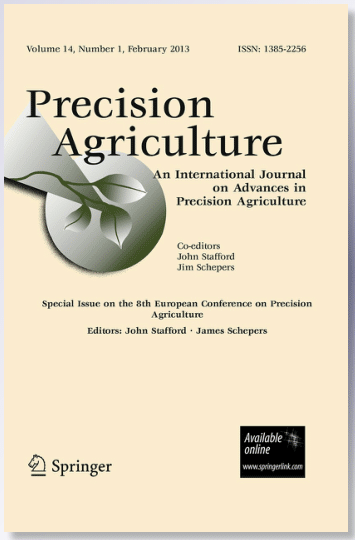Precision Agriculture relies significantly on yield data obtained from combine harvesters, which constitutes a pivotal tool for optimizing crop productivity. Despite its potential, challenges in data accuracy persist, necessitating the development of novel automated postprocessing protocols for yield data refinement. In this paper, different automatic postprocessing protocols were evaluated using remote sensing data, specifically Sentinel-2 satellite imagery. Various automatic postprocessing protocols were applied to a dataset spanning 946 hectares over a four-year period. Commercial sensors on combine harvesters acquired the yield data. The analysis included global (field-level) adjustments and local adjustments at a finer scale (40 × 40 m² level), employing interval mean ± n·(standard deviation) calculations. Three n values (1, 1.5, and 2.5) were tested, resulting in thirteen distinct postprocessing variations. Finally, a mean filter was also applied. The results demonstrated that the yield correlation with satellite data increased with the reduction of yield variability at the pixel level (10 m). The best results were obtained using n = 1 with a 3 × 3 mean filter, where Sentinel-2 pixels remained unaffected, and the average Root Mean Square Error (RMSE) during validation was 0.572 t·ha⁻¹. In addition, the geostatistical parameters (coefficient of variation, semivariance, and range within a 10 m pixel) reached optimal values. Finally, the postprocessing uncertainty was determined to be 0.200 t·ha−1. These results validate the efficacy of a novel postprocessing protocol for refining yield data in rice crops. The integration of pixel-level data from combine harvesters with Sentinel-2 imagery emerges as a promising approach for optimizing crop management, offering valuable insights for the advancement of Precision Agriculture.


